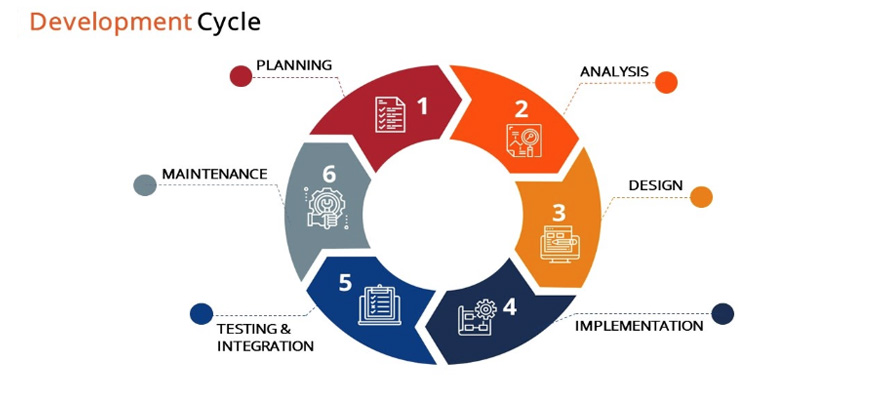Image by Kier In Sight on Unsplash
The feedback loop is one of the key principles of a good workflow for software development. It's also one of the hardest to implement effectively. The problem is that developing software is a time-consuming process, and it's made even harder when there are several stages in between giving and receiving feedback.
We know that the faster we can get feedback and testing, the faster we can deliver new features to users. Hence, an efficient developer feedback loop helps us shorten the time needed to develop new features. But how do you shorten your internal development cycle? Below are four ways to shorten your developer feedback loop so you can ship new features faster than ever before.
Implement Effective Communication Channels Across Teams
Great communication channels enable effective collaboration and remove unnecessary friction from your development process, thereby reducing the feedback loop. Proper communication is the first step to reducing the feedback loop in your team.
When you have the right communication channels, it's easier for developers to work together effectively. This means that they can get answers to question faster, solve problems more quickly and efficiently because they're able to share information quickly and easily with each other.
Effective communication is key because is helps improve the developer experience on your team.
Once you and your team have agreed on a tool, it's important that you use it. This will help ensure that everyone understands how decisions are made, who's responsible for any given task or feature, and how one person's work relates to another.
You could use JIRA or Trello for this purpose - both of these tools allow users to easily record their status updates as they go along. Another option would be Slack; although it's not as flexible as some other communication channels (e.g., Confluence), Slack has proven itself effective enough at helping teams communicate effectively without having them rely on email or Skype calls too much during development cycles
 View Website
View Website
 View Website
View Website
 View Website
View Website

Automate What Can Be Automated
One way to shorten the feedback loop is to automate as much as possible. For example, if you're testing an application and want to test a new feature on your own computer, it'd be useful if there were some kind of program that could automatically run all of these tests for you.

The same goes for manual steps: if someone hands over an image file or data set and says "this is what I want you to do with it," there should be software tools at hand that let them do just that without having to worry about making sure their instructions are clear enough (and possibly even giving them incorrect information).
The longer it takes to receive feedback from developers, the more likely it is that they'll forget something. And if they're not sure what to fix, it's much easier for them to miss something important than for you.
If you automate your software development process, you can eliminate most of these problems. You can create scripts that run every day or every week and prompt developers to check in their work before sending it off for review by others.
Another process that can be automated is bug reports. By using a bug reporting tool like Birdeatsbug with an integrated workflow process so that developers can take screenshots and videos of bugs, then attach those files directly to the issue so that they can be viewed more easily. This will allow you to see exactly what is being reported and give you insight into why it's happening so that you can resolve the problem before it becomes critical.
Use Error Logs to Your Advantage
You've probably heard of error logs. They are a great source of information and can be used to improve the product, process, team and customer experience.
If you don't have an error log yet, now is the time to get one set up! Error logs are an invaluable tool for developers because they allow them to track problems before they become large issues (which could cause delays in delivery) or outright failures that affect customers negatively. They allow you to identify any recurring issues with specific features or processes that might need some tweaking (or rethinking altogether). This way, when something goes wrong again (and it will), you'll be able to take action right away without having wasted time trying other things first.
Conclusion
The main takeaway is that reducing feedback loops will shorten cycle times and project scope. There are many ways to help shorten your feedback loop and make things move more quickly, whether it's through simpler deployment, improved communication, or simply by having the right systems in place. All of the procedures we covered in this article can assist in streamlining your project, lowering development costs, and reducing the time it takes for teams to receive the approval they require to complete tasks.
There are many tools available that can assist with everything from communication to testing if you're looking for ways to improve your process and benefit from shorter feedback loops.





Comments (0)